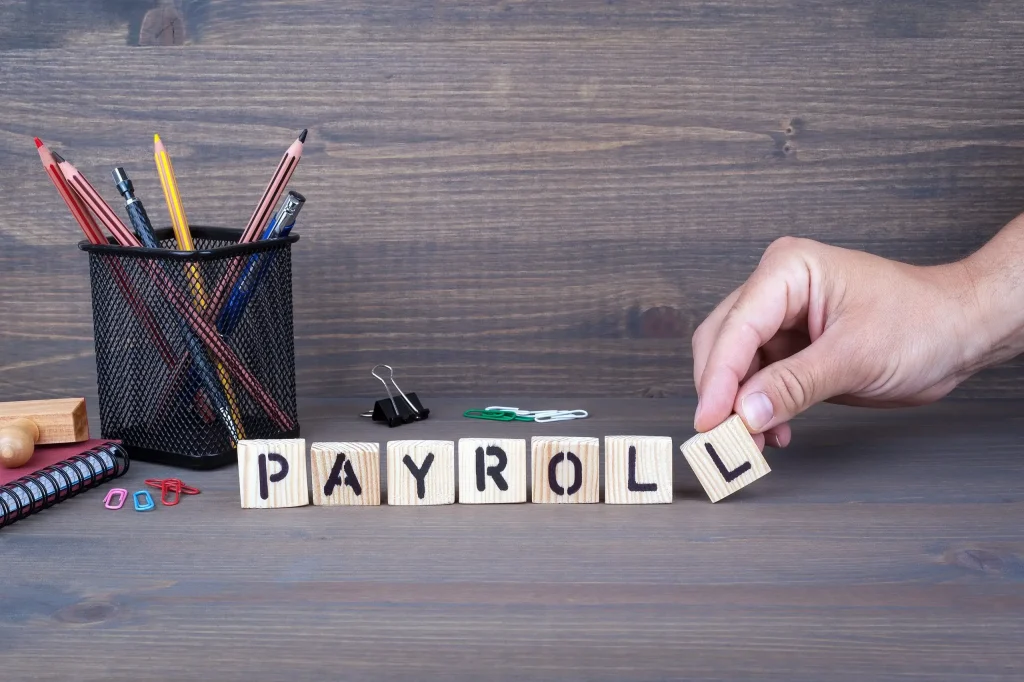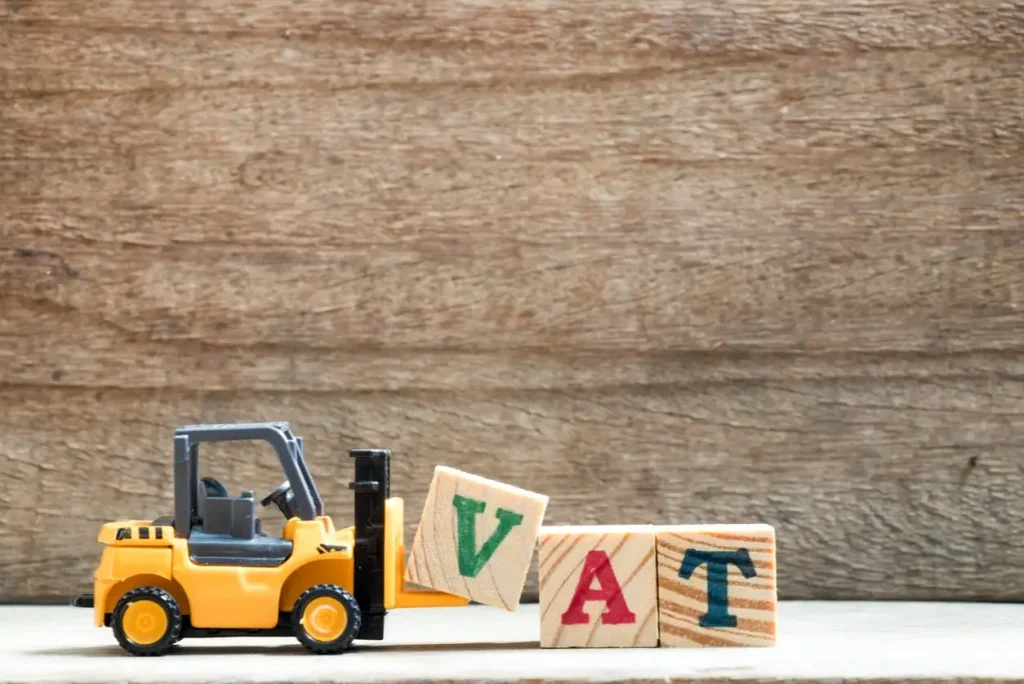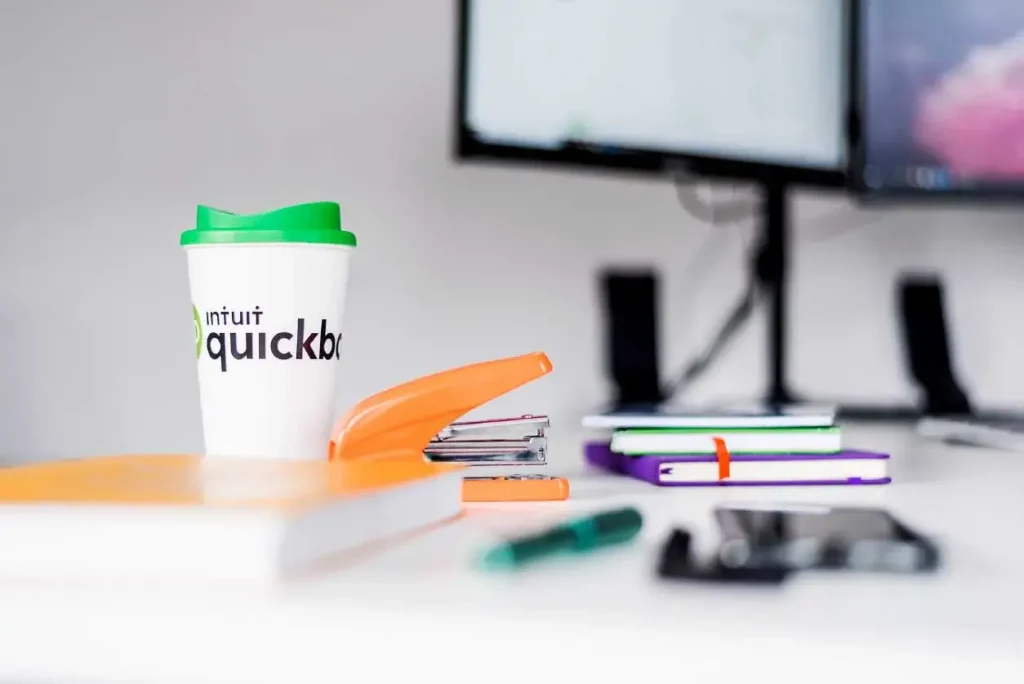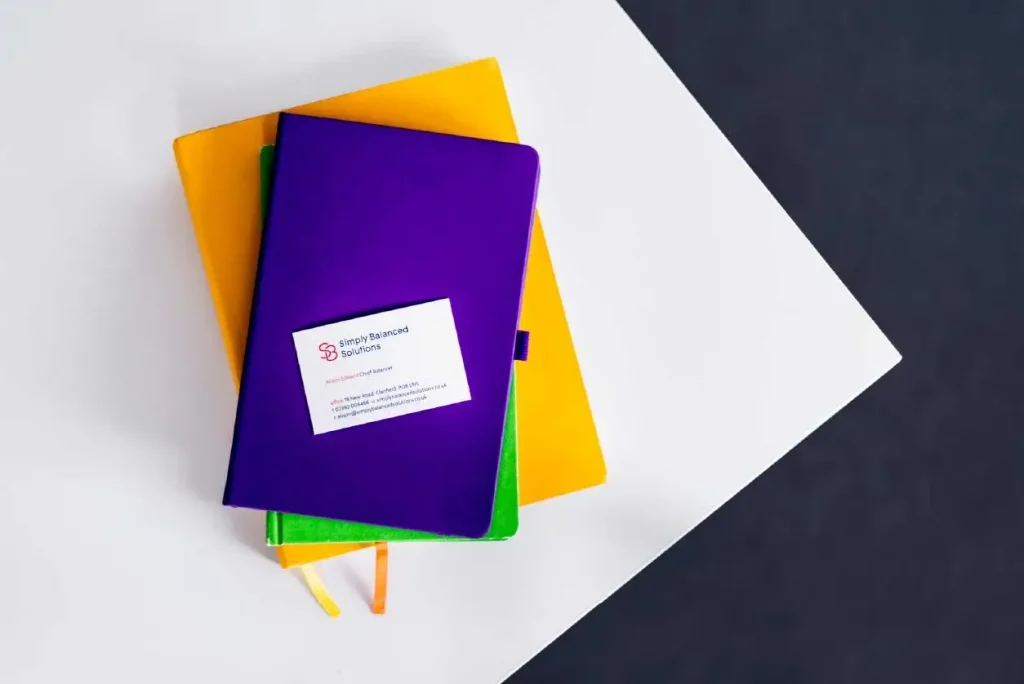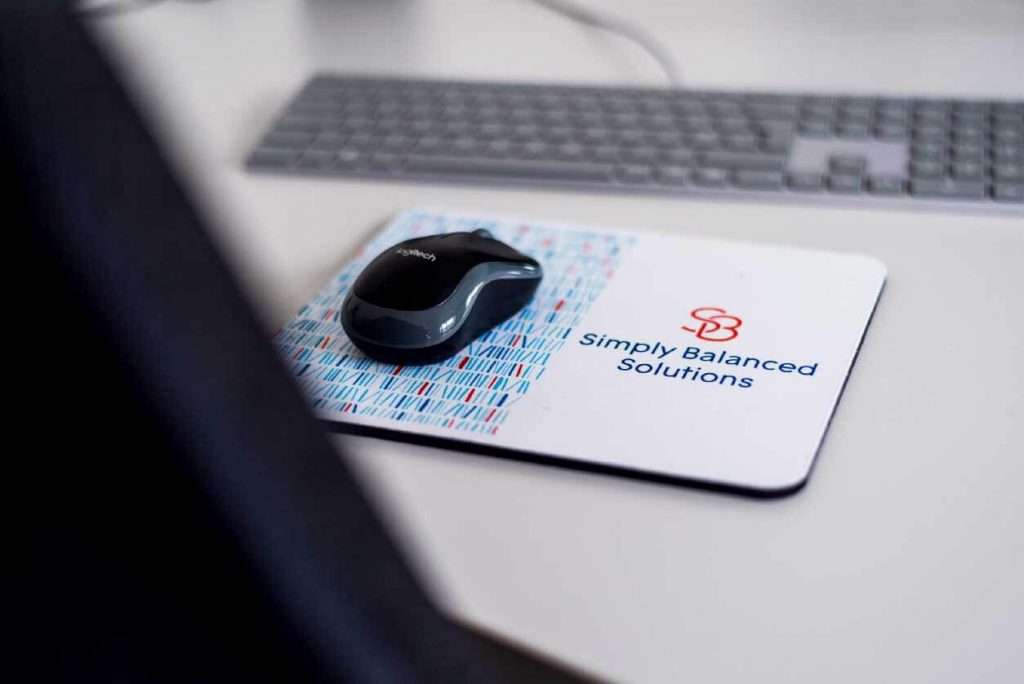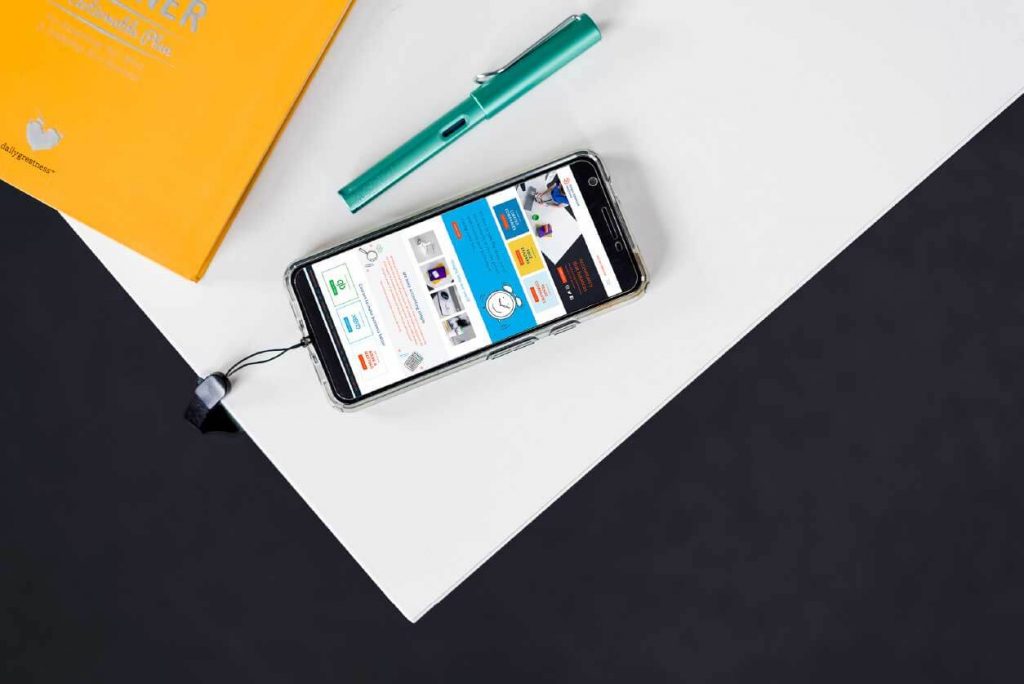[et_pb_section fb_built=”1″ _builder_version=”4.5.6″ _module_preset=”default” background_color=”rgba(0,0,0,0)” custom_css_main_element=”||||background-color: transparent!important;||”][et_pb_row module_id=”poppy-row” module_class=”construction” _builder_version=”4.5.7″ _module_preset=”default” background_enable_image=”off” max_width=”910px” custom_margin=”0px||||false|false” custom_padding=”0px||||false|false”][et_pb_column type=”4_4″ _builder_version=”4.5.6″ _module_preset=”default”][et_pb_text admin_label=”Construction” module_id=”poppity” _builder_version=”4.6.0″ _module_preset=”default” text_font=”|300|||||||” text_text_color=”#8e949b” text_line_height=”27px” header_2_text_align=”center” header_2_text_color=”#004987″ header_2_font_size=”44px” header_2_letter_spacing=”1px” header_3_font=”|300|||||||” header_3_text_align=”center” header_3_text_color=”#004987″ header_3_font_size=”44px” header_3_letter_spacing=”2.5px” background_enable_color=”off” background_enable_image=”off” text_orientation=”center” width=”100%” max_width=”1400px” module_alignment=”center” custom_margin=”|auto||auto|false|false” hover_enabled=”0″ sticky_enabled=”0″]
Construction
If you’re a business providing construction services in the UK, you must register and be compliant with the Construction Industry Scheme (CIS).
CIS applies to businesses of all sizes and includes trades such as plumbers, electricians, plasterers, roofers, carpenters, and more. You may be a contractor or sub-contractor. Or you might even find yourself as both, doubling your record keeping responsibilities as a result.
Knowing where to start or exactly what’s required can be stressful and time-consuming.
Let us make your life easier.
Hand your paperwork over to us and we’ll take care of it. And we’ll make sure you comply with your CIS requirements whether you’re a contractor, sub-contractor or both.
Contractors
As a contractor, you’re required to verify the status of your sub-contractors to confirm they are self-employed before you pay them and to confirm what rate of deductions you should make from their payments.
Work with us and we can help with:
• Submission of monthly CIS returns
• Sub-contractor verifications with HMRC
• Reclaiming any CIS deductions you have had as a sub-contractor
• Sending sub-contractor payment certificates
• Letting you know how much tax to pay and when and how to pay it
Sub-Contractors
If you’re a sub-contractor, you will have tax deducted from each of your payments as part of the construction industry scheme (CIS).
So, come the 5th April each year, you’ll be keen to get your tax return submitted and see if you are due a refund.
Work with us and we’ll take care of:
• Preparing your accounts
• Preparing and filing your tax return
• Dealing with HMRC on your behalf should there be any queries
All completed for a one-off fixed fee. Absolutely no hidden costs.
We’ll guide you through the paperwork that needs to be submitted with your tax return, and then calculate how much refund (if any) you are due which will be paid directly to you by HMRC.
Smart, simplified bookkeeping you can trust.
Want to find out more?
GET IN TOUCH[/et_pb_text][/et_pb_column][/et_pb_row][/et_pb_section]






